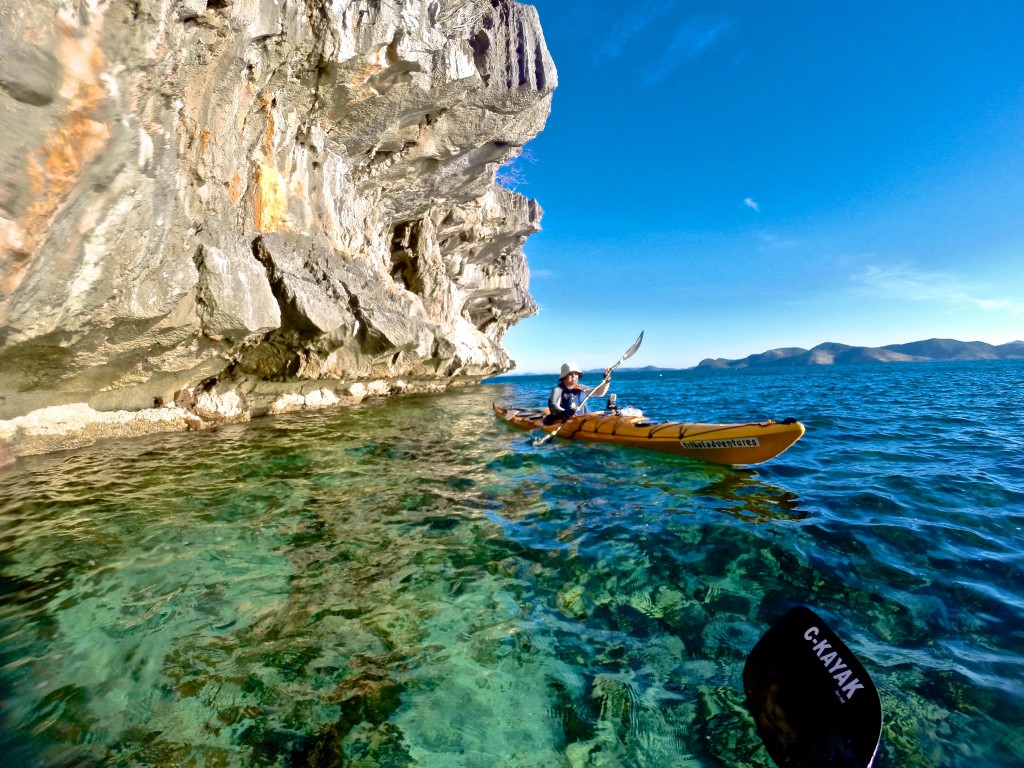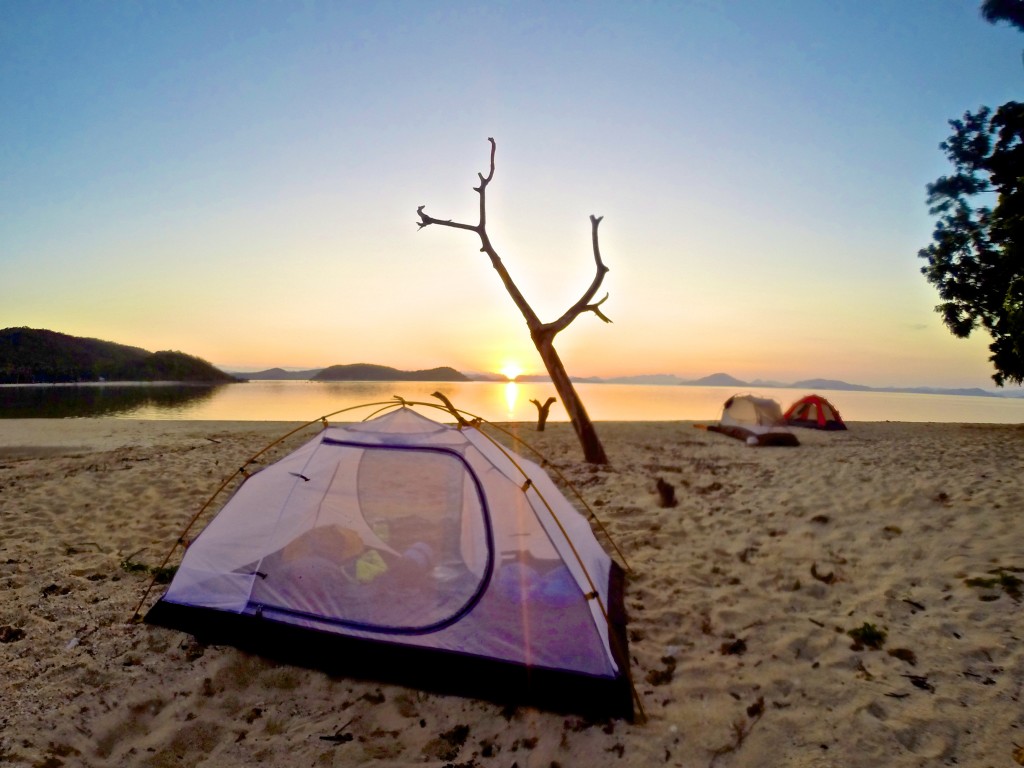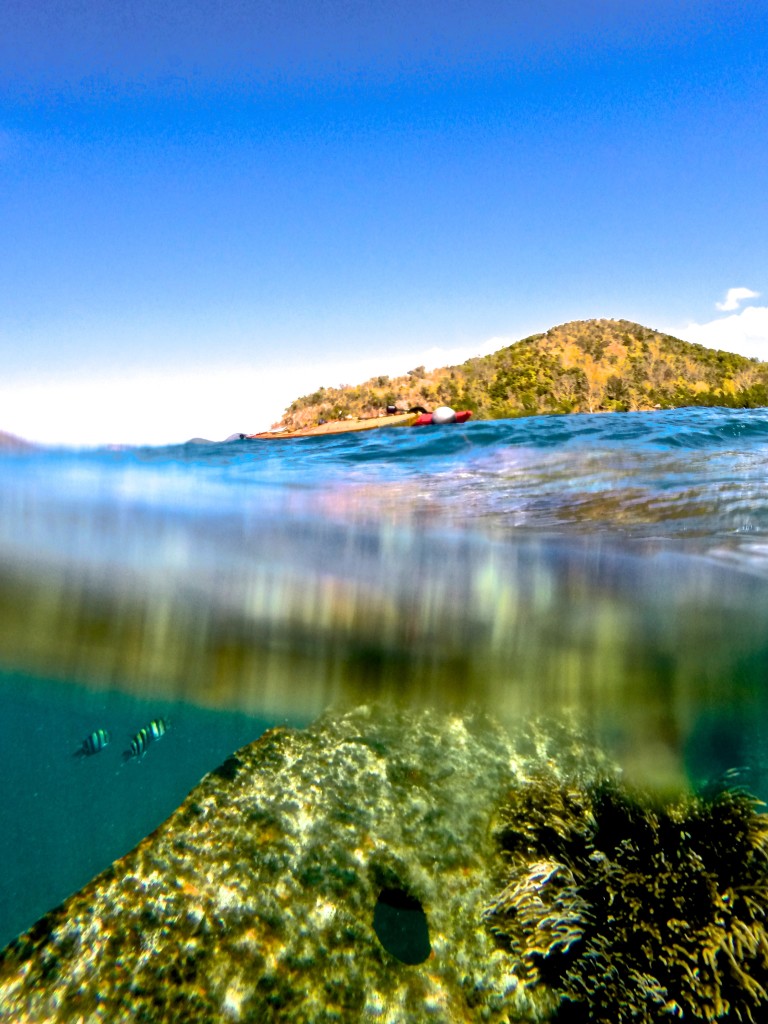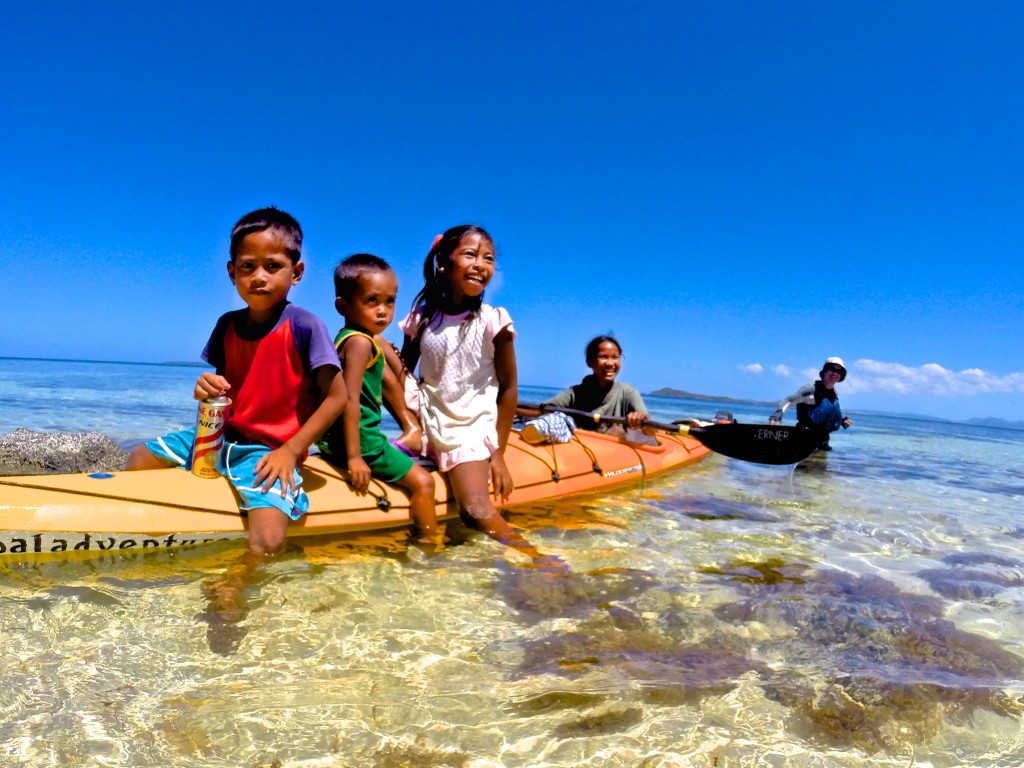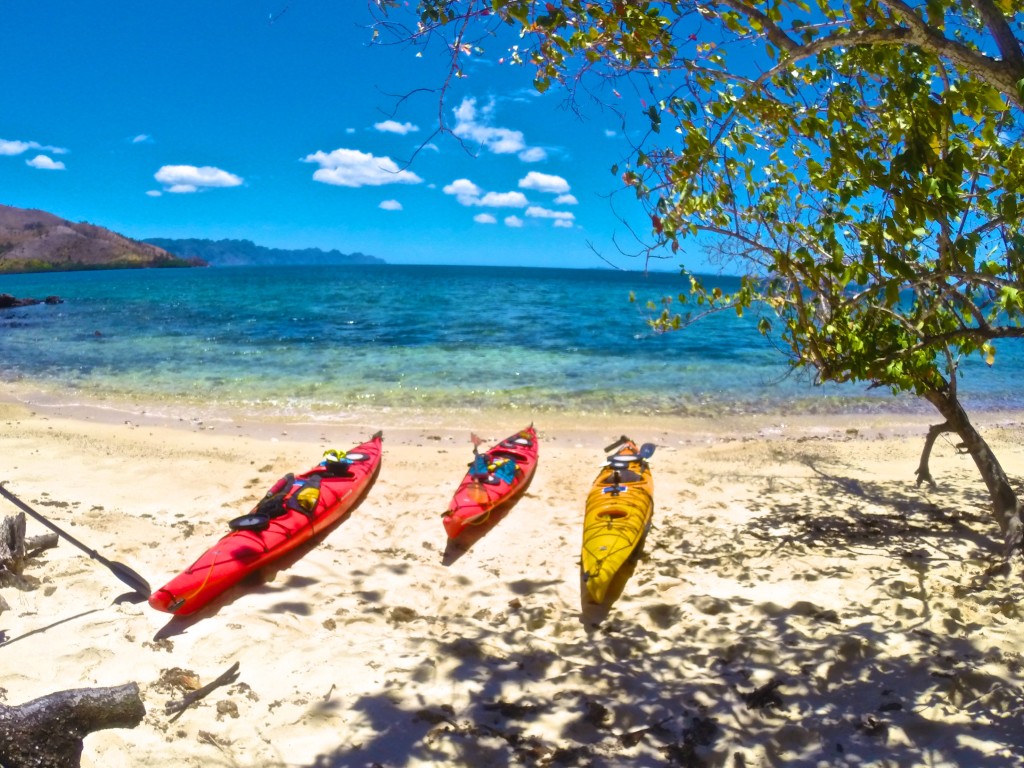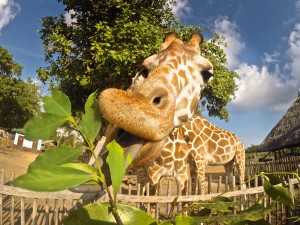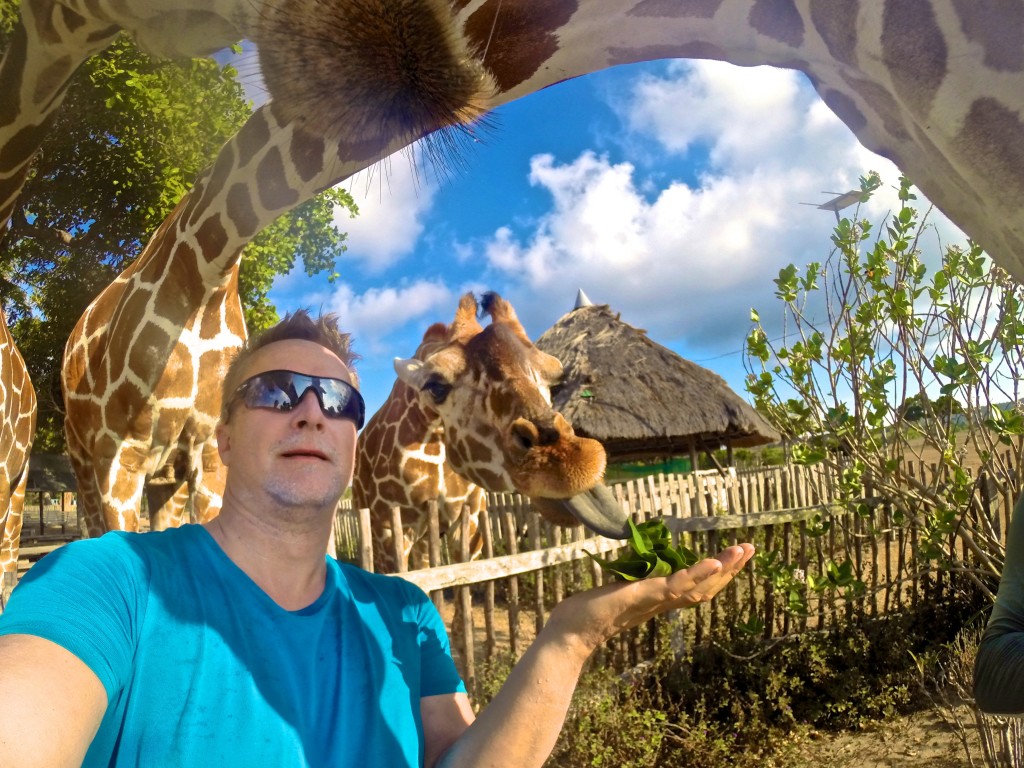Read this story online as it ran in the South China Morning Post.
It feels like hours since we last stopped. I’m cramped from sitting hunched over in the back and my legs and arms are slippery with sweat on the vinyl seats.
“Ugh, ooofff, damn!” I grunt as we bang through a pot hole, the jolt making my spine throb. Our Land Rover Series IIA bucks like an angry bull, its suspension rigid with age after half a century on Thai roads.
“Turn right here,” I shout at Torben, who is at the wheel. The roar of knobby tires on pavement, a throbbing diesel engine and all windows open for the fresh air — the air-con died within hours of starting the trip — robs our conversation of nuances.
We jounce down a narrow dirt lane atop a dyke, with fish ponds on either side and no one else in sight.
“Where do you think this goes?” Torben asks, hunched over the wheel as he pumps the heavy clutch and drops a gear. The transmission gives a rattling snarl in reply.
“I have no idea. Let’s see.” The road ends next to a strange loading chute that is built from bamboo. There is a creek, slow and muddy, and the stench of fish. We climb out of the truck for a closer inspection.
“We should have brought our fishing gear,” Johnny crows as we stand on the river bank, breathing in the humid air, heavy with heat and stillness. Thailand can get bloody hot at times.
My friend Torben bought the 109 inch Land Rover Series IIA in Bangkok and needed to move it to Phuket. As soon as Johnny and I heard that, we replied, in unison, “Road trip!”
Torben had never driven this Land Rover any further than around the block, so it was with some apprehension that we flew from Hong Kong to Bangkok with return tickets leaving from the other end of the country, three days later.
We weren’t clear of the Bangkok suburbs when we heard a strange rattling sound — broken bearings on the sleeper pulley for the belt driving the air-conditioner. While we were cutting the belt away — easier to get rid of the air conditioner than fix the pulley on the road — we spotted a steady drip of oil coming from the vacuum pump for the brake booster. Torben tightened the bolts a few grunts worth, topped up the oil and we cautiously set off again.
We were on Route 4, also known as Phetkasem Road, and Google Maps predicted the trip to Phuket would cover nearly 900 kilometres, taking 13 hours. That soon became unfeasible as we repeatedly turned down side roads that added distance and time but led us through villages and farm land and down to the sea. We stopped to buy mangos and pineapple at road side stalls and steered into gravel pits and palm oil plantations.
To be honest, I had no idea what a cross-country trip in a Series IIA would be like. I didn’t know that my neck would get stiff from slouching down to see out of the window. I didn’t know that I’d feel the bumps in the road with the top of my head. There was no way for me to understand that “let’s stop for coffee” really meant “it’s time to check the oil.” I didn’t know how it would bring smiles to the faces of the gas attendant and the guy who gave us directions late at night. I was a complete Land Rover novice.
The Land Rover was one of Torben’s fantasies. He imagined lazy days of hauling sandy kids to and from the beach, fetching lumber to complete his new home or bringing home a load of plants and gravel for the garden.
“I wanted something I could use, reliably, right away. But I also wanted something I could work on and improve,” he said.
This truck was once owned by the owner of the Land Rover assembly plant in Thailand, where they used chassis from the UK to assemble vehicles. He sold it to the government, but his son bought it back. But then the son passed it on to a man who used it to haul a 3,000 kilogram trailer around Thailand, who sold it to Torben. Over the years, the suspension had been changed — very little improvement in my opinion — the now-defunct air-conditioning was added, along with a new alternator and an upgraded Salisbury rear axle and differential. The original engine had been swapped for a Nissan six cylinder turbo diesel, connected to a Nissan gearbox. The radiator had to be moved forward and the hood made longer to accommodate the in-line engine.
“It’s typically Land Rover but with power steering and much better seats, which gave it some luxury status,” said Johnny, who owned several 88 and 109 Series IIs in the UK over the years.
“But this seat back here is crap,” I said, pointing at my squashed legs and the puny backrest.
“That’s why I’m not sitting back there,” Johnny responded with a grin as he leaned back in his bucket seat.
Behind me was a jumble of luggage, tools and cans of oil, as well as an ice-box full of drinks. We were also carrying an extra front axle and prop shaft — when you buy an old vehicle you get the spare parts as well.
Every road trip needs at least one dodgy hotel, and ours came in Chumphon, a city surrounded by farms, right on the Gulf of Thailand. Our breakdown meant we arrived late, when the more reputable hotels were already full. What we were left with looked like a prison, with a harsh, faded facade and lumpy beds. There were no bars or restaurants in sight, so we sat on the concrete steps outside our rooms drinking beer from 1 L bottles, staring at the Land Rover parked in front of us.
“We spent all day in that bloody thing, and now we’re sitting here, three blokes, staring at it while we’re drinking our beers,” Johnny said before going to his room. “I was hoping to find someone else to talk to besides just you guys.”
The next morning we drove west until we reached Kraburi river, which forms the border between Thailand and Myanmar on the Kra Isthmus of the Malay Peninsula. Myanmar was just a stone’s throw away on the other side of the narrow river. We followed the river south to its wide estuary, filled with thick mangrove forests, ending up in the gritty river town of Ranong for lunch.
Route 4 is peppered with waterfalls — beautiful when there’s water, but as we made our trip Thailand was in the midst of a drought, and the waterfalls were dry. But the temples were still there, as were the national parks and innumerable small roadside restaurants serving excellent food for cheap.
One of the best parts of a road trip is watching the landscape, culture and climate subtly change with the kilometres. Even with the drought, Thailand’s landscape became greener as we drove south. Soon the road began to climb up and down the seaside mountains. Mosques became more plentiful — about 30 percent of the population of Southern Thailand is Muslim — and the prominence of the ports and beaches showed the sea was the centre of everyday life.
With the windows open we could also enjoy and suffer the smells as they changed. The loamy smell of elephant dung as we passed a sanctuary, the sharp tang of dried fish when we were near the sea and the smoke of burning fields in the farms of the river flats.
The three of us had all been to Thailand many times in our decades of living in Asia, but this was our first road trip, taking us to less-touristy parts of the country, where the Land Rover drew plenty of attention.
“The response we’re getting from the locals is different than I’ve experienced here before,” Johnny said as we climb back into the Land Rover after a fuel stop. The cheery young gas jockey was chatty and curious about our trip, waving goodbye as we pulled out of the service station. “I don’t think they see us as tourists, in the regular ATM sort of way.”
Another random turn off Route 4 took us through flat pasture land dotted with cattle and goats. It ended in a quiet, humble little seaside resort and camp ground with one Russian couple eating watermelon near the beach. Long-horned cattle wandered across the sun-baked beach.
The same small road passed by a tall white building, open sided with wide steps — a tsunami shelter. Route 4 took us through some of the areas hardest hit by the 2004 tsunami. Seaside villages still showed unexpected gaps, barren lots and ruined buildings. Signs pointed to tsunami shelters and radars scanned the sea.
Police Boat 813 in Khao Lak is a chilling memorial to the awesome natural strength of the catastrophe. The boat was guarding Her Royal Highness Ubonrat Rajakanya Siriwaddhana Phannawaddee and her family, who were staying in a beach resort, when the tsunami hit. The tsunami swept the 80-foot steel boat inland almost 2 kilometres, where it was deposited unceremoniously with no route back to the sea.
We remained in the slow lane — the vibrations became too much above 80 km/hour — and cheered each time we overtook another vehicle. Still, we pushed the truck hard for a few hours to reach Khao Lak, a quiet resort town 60 kilometres north of Phuket. We wanted to arrive before sunset this time.
“We gotta stay somewhere nicer than last night,” Johnny said. “I want a good meal and cold beer.”
We arrived with enough time to check into our hotel — nicer, with a pool this time — pour ourselves rum and cokes and carry them down to the beach in time for a sunset swim.
Three days after starting out we crossed Thepkasattri Bridge, which connects mainland Thailand to Phuket. We parked the Land Rover outside Torben’s half-completed house with plenty of time to catch our flight back to Hong Kong.
“We made it!” Torben said. “I have to be honest, I didn’t think it would go that smoothly, or that it would be that fun.”
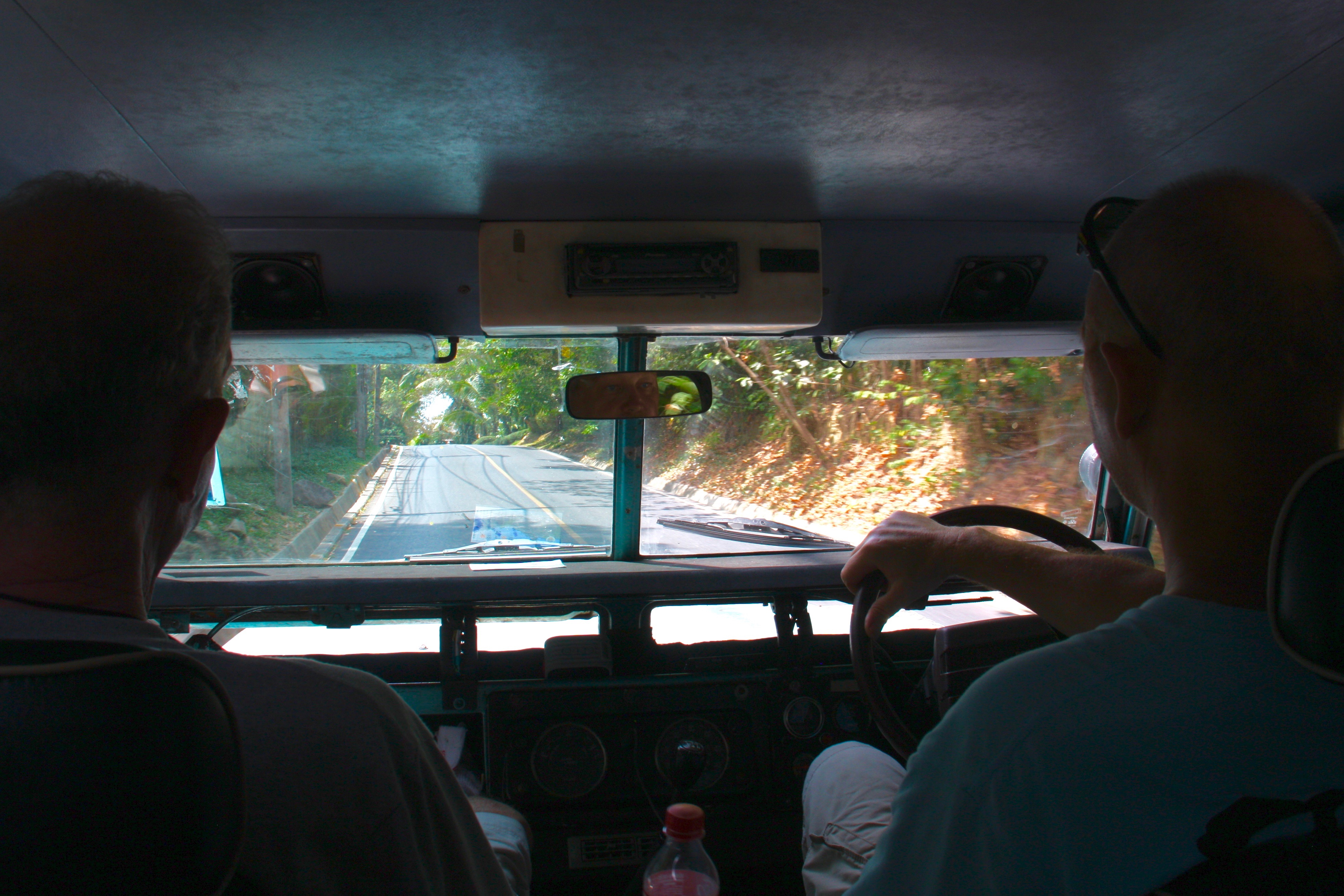
Throughout the trip Torben had been scheming on the work he’d do to the Land Rover. The engine needed servicing, the prop shafts appeared to be bent and the brakes needed work. But beyond that his plans had slowly evolved as he got to know the vehicle’s character.
“I was going to fix it up and make it all pretty,” Torben said as we stood next to the Land Rover, waiting for our taxi to the airport. “I am not sure about that now. I have kind of fallen in love with its rugged and purposeful look. I’ll fix the mechanical stuff, give it a good clean inside and out and maybe repair the worst dents and scrapes but I won’t repaint it.”
“And then I’ll just enjoy it for being a Land Rover.”


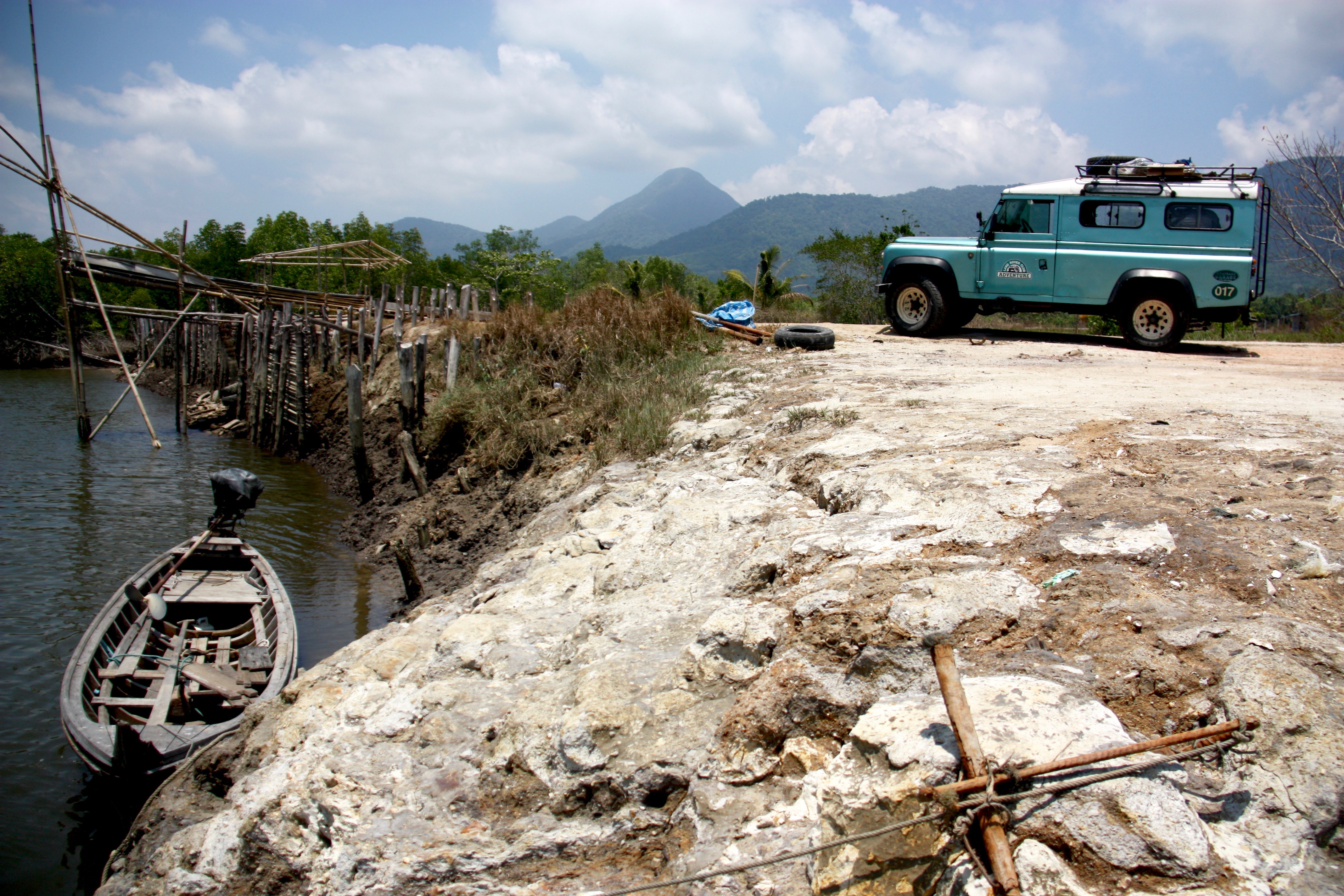
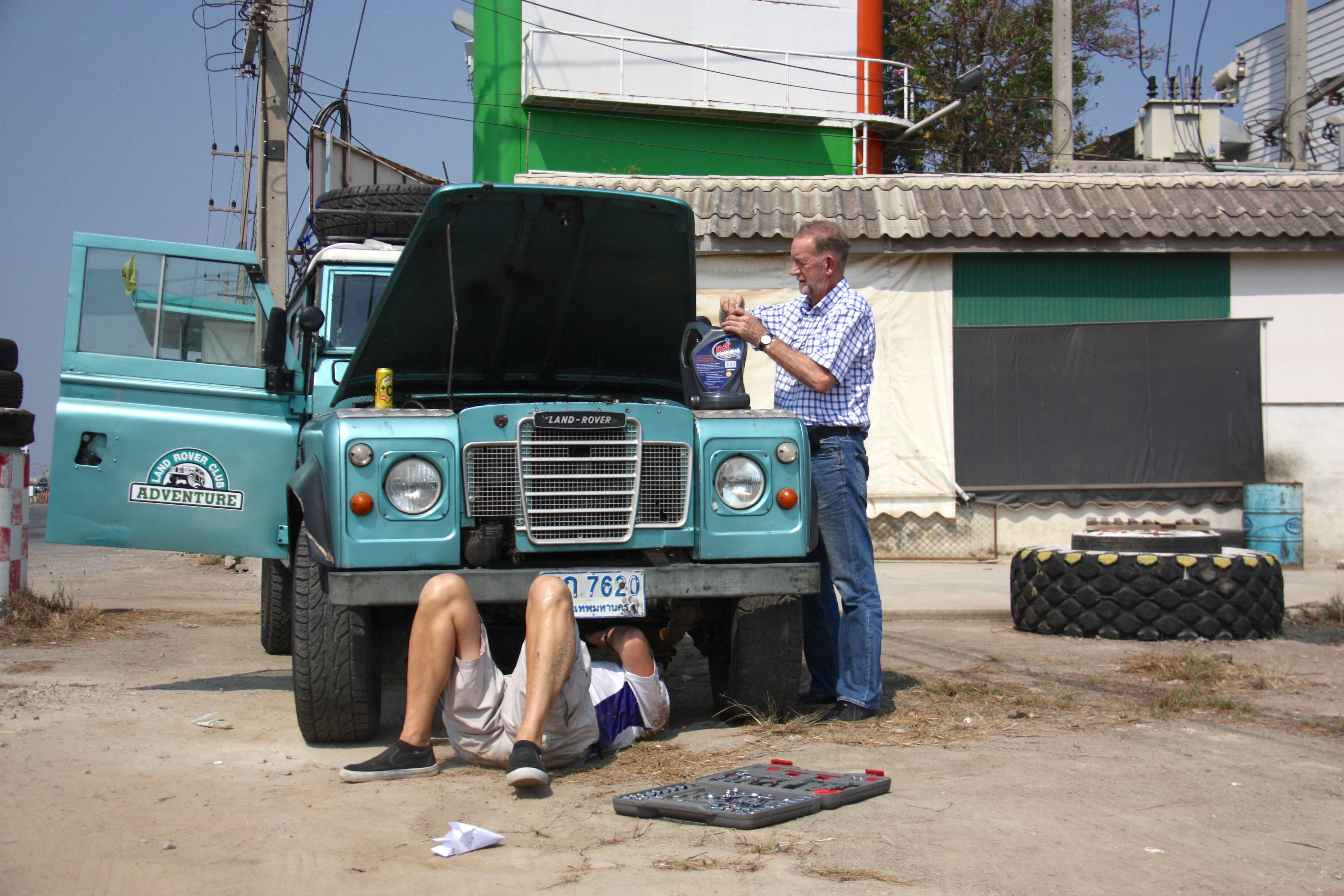
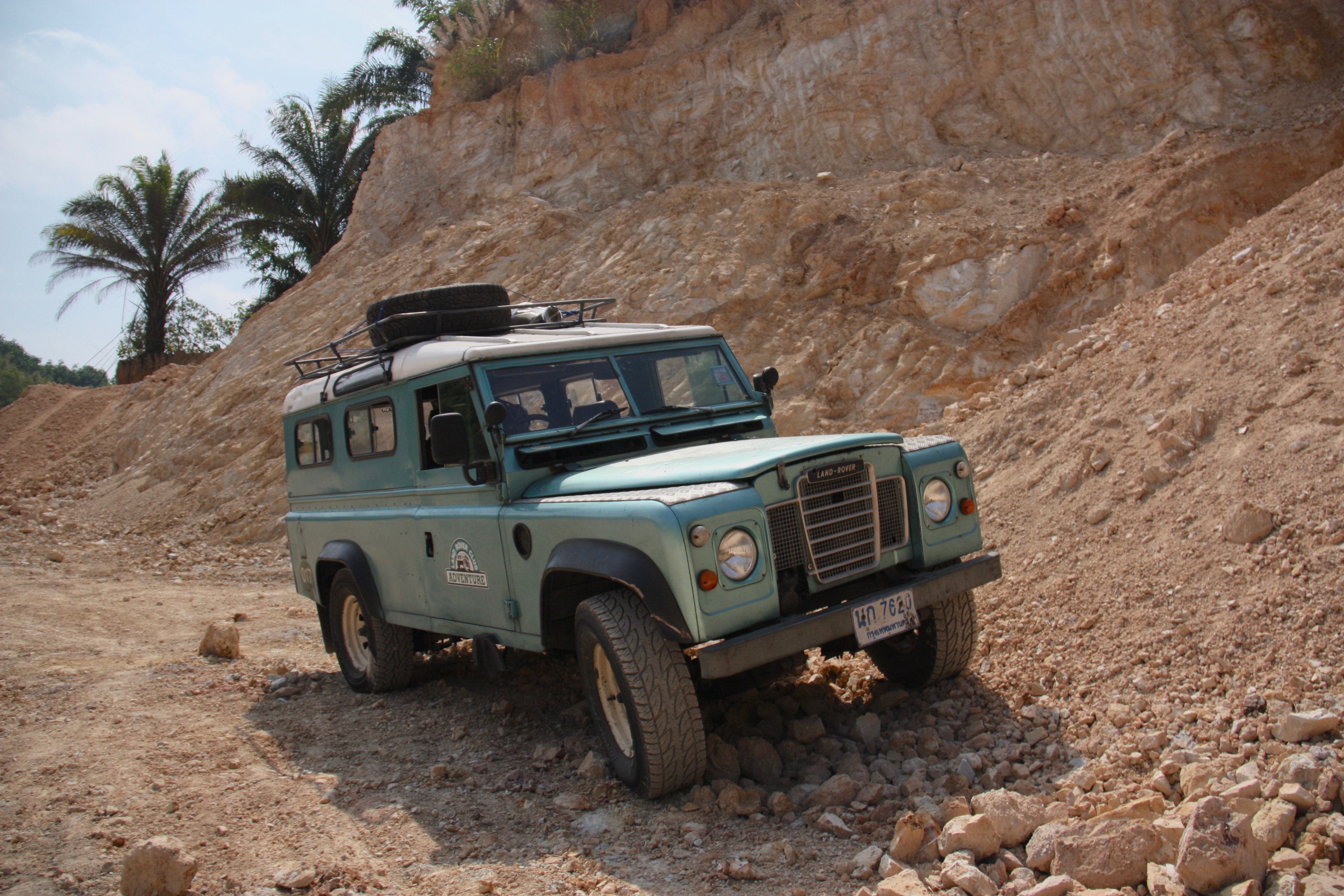
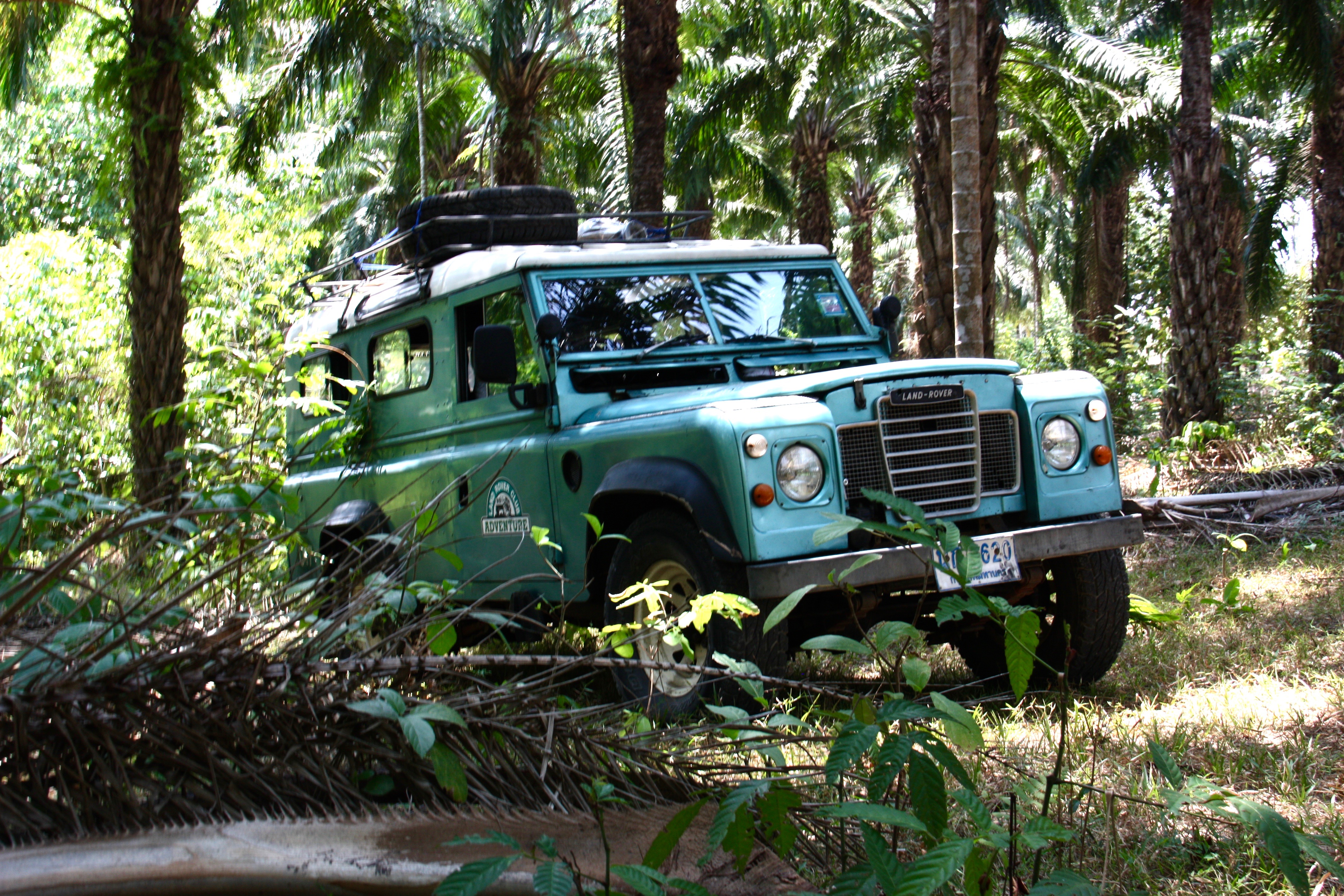
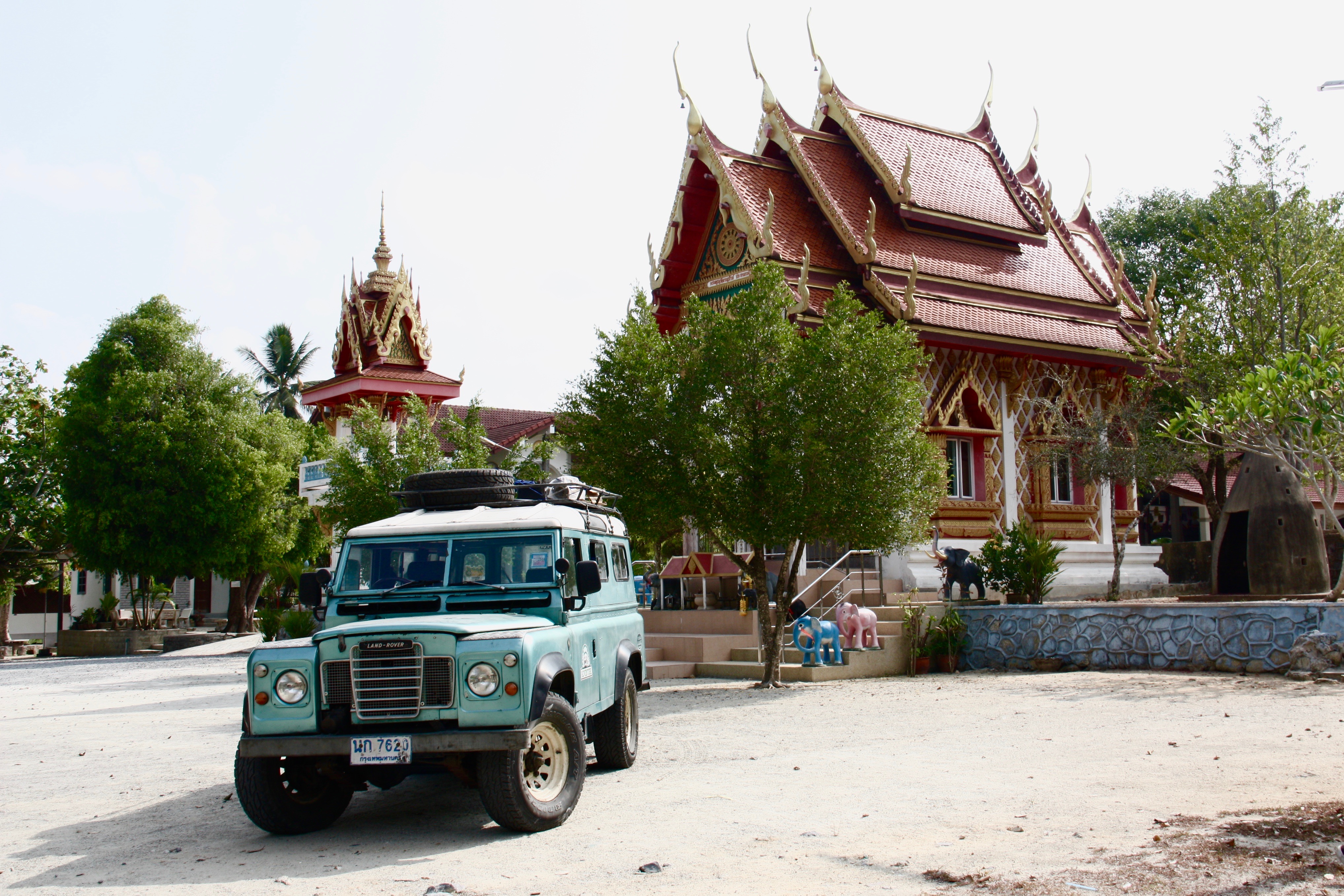
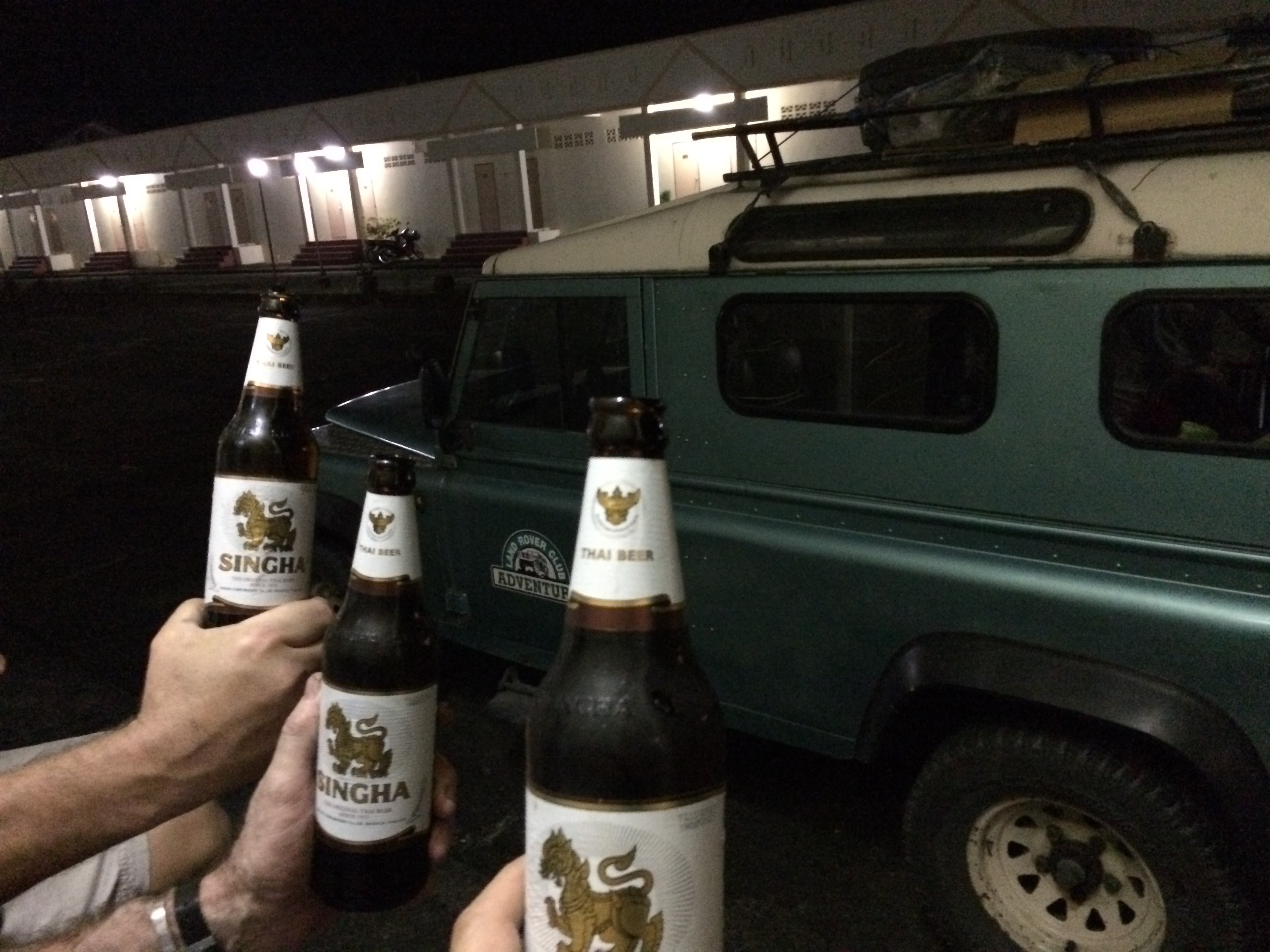
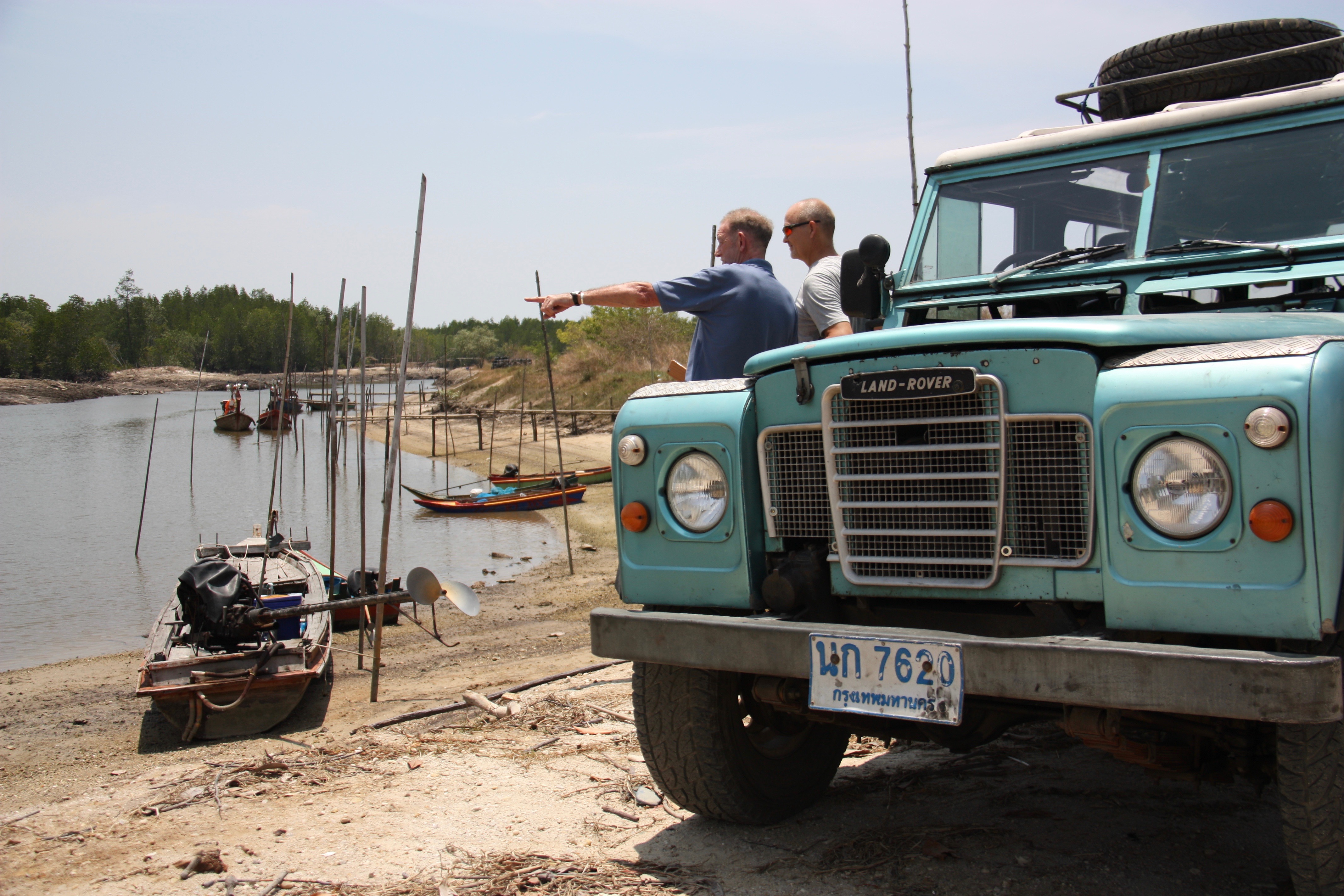
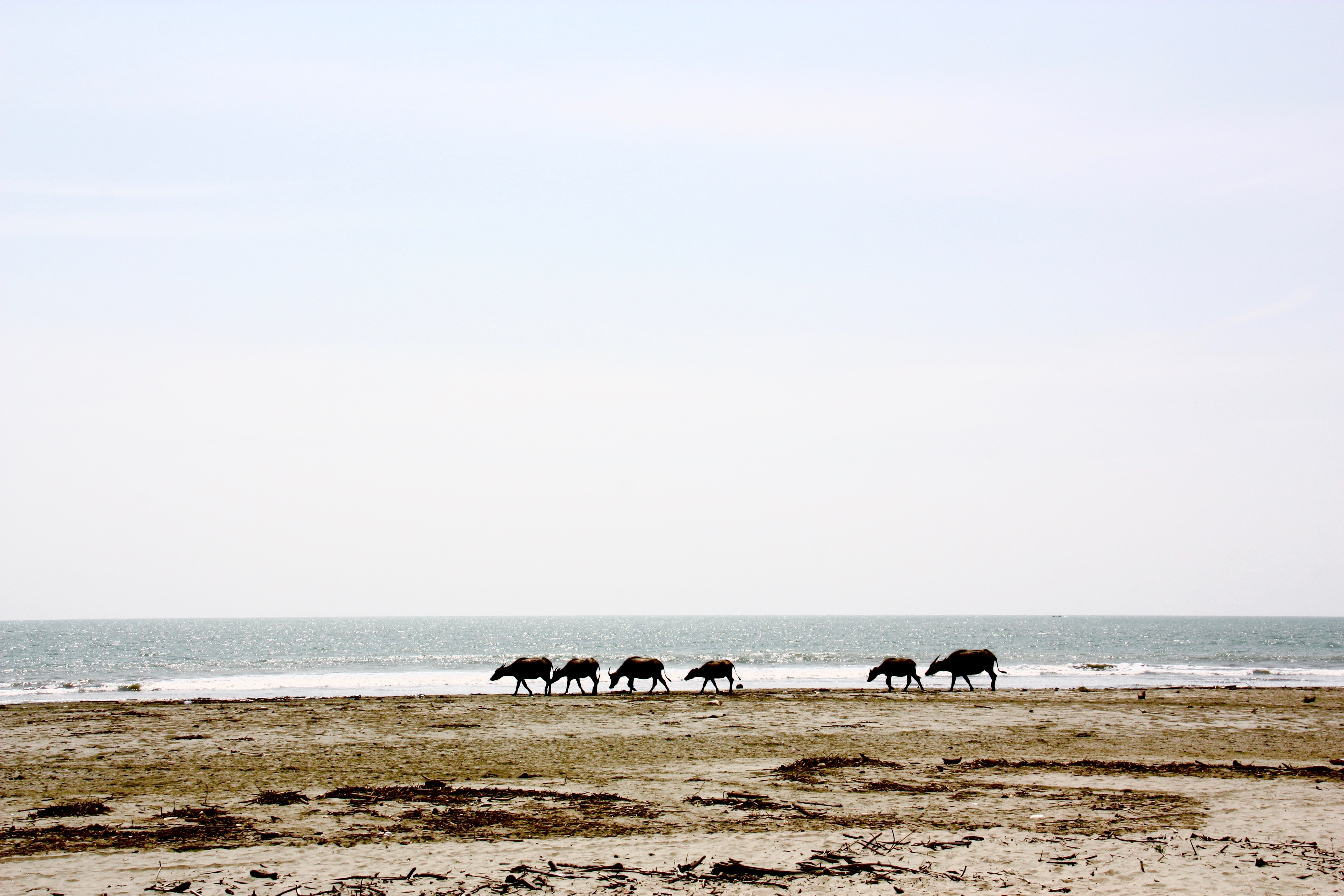
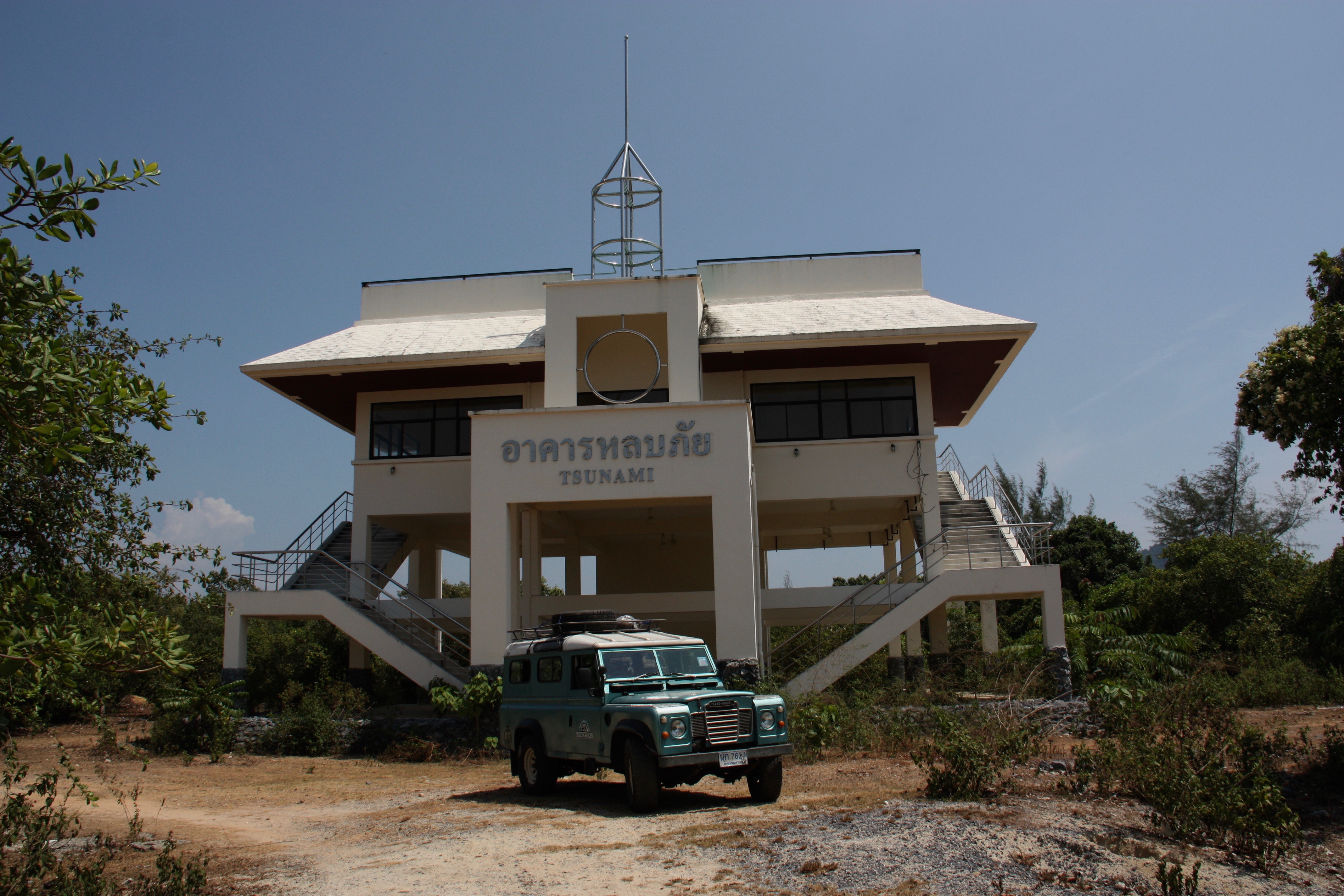

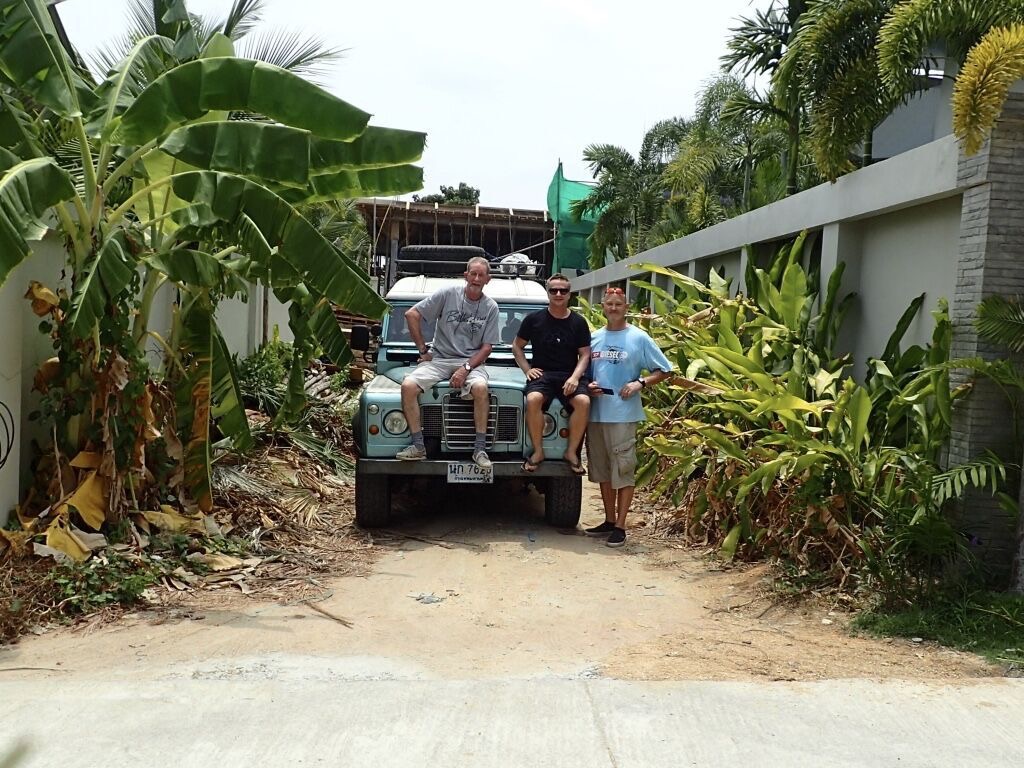
 Follow
Follow